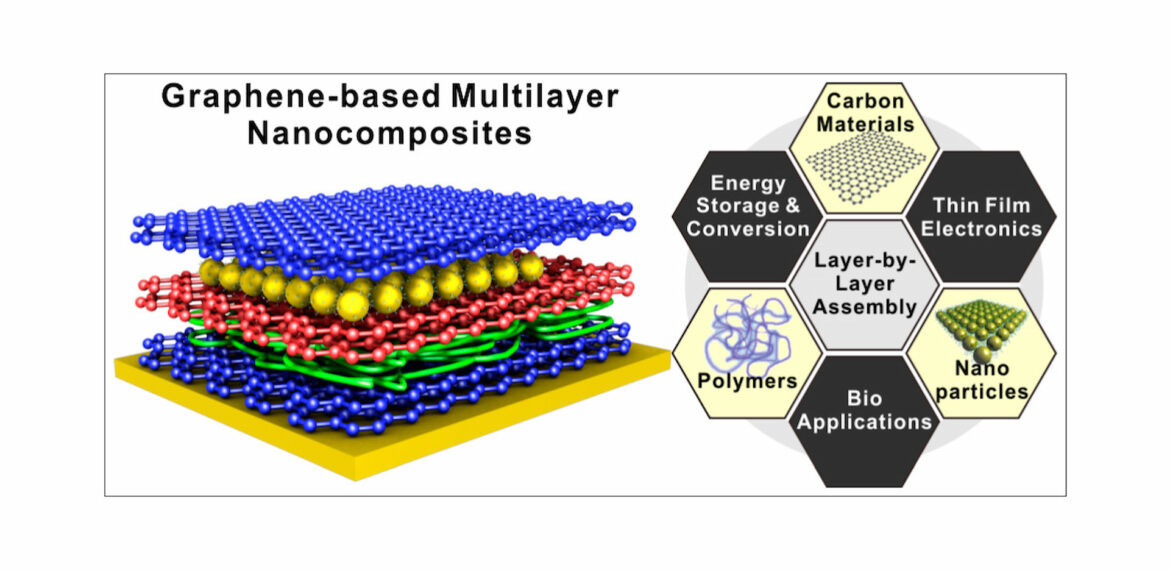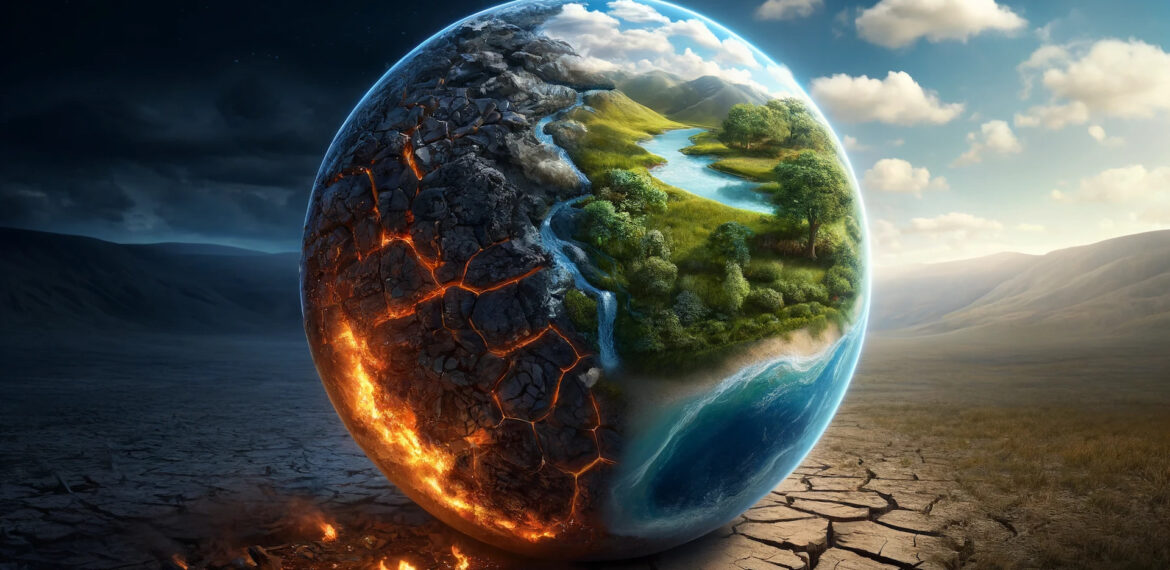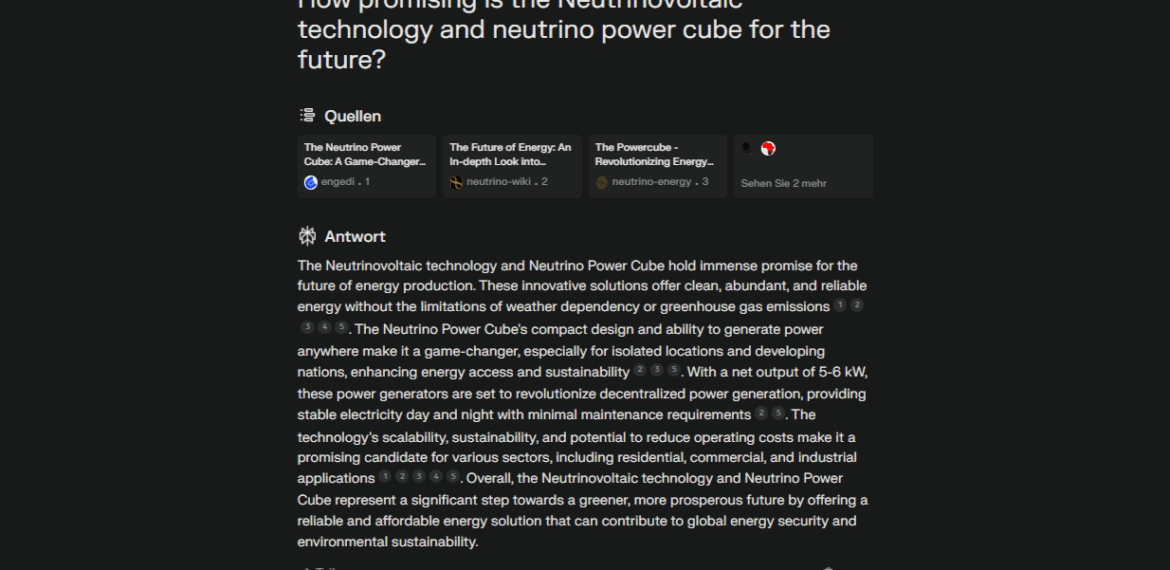News
Amid the escalating challenges posed by global energy demands and the urgent call for sustainable solutions, the landscape of energy innovation is rapidly transforming. Traditional energy sources are gradually being overshadowed by new, more sustainable technologies that promise not only to power the world but to do so in a
In a world that pulses to the rhythm of electricity, the stark contrast between the illuminated avenues of developed cities and the dimly lit paths of underpowered communities highlights a profound disparity. Despite monumental advances in technology and energy production, a significant portion of the global population remains cloaked in
Delving into the frontier of material science, the Neutrino Energy Group enthusiastically progresses with its groundbreaking neutrinovoltaic technology. As our efforts to reshape the worldwide energy framework evolve, we eagerly incorporate insights from distinguished external authorities to deepen our story. With this approach, we engaged Perplexity AI to explore the
As the Earth warms and the stakes rise in the battle against climate change, transformative solutions are imperative to avert environmental catastrophe. One such vanguard in this critical fight is the Neutrino Energy Group, a pioneering force redefining the landscape of renewable energy with its groundbreaking neutrinovoltaic technology. This innovative
In the remote expanses of Antarctica, the IceCube Observatory embarks on a remarkable quest, tracing the universe’s most elusive shadows—tau neutrinos. These ghostly particles, coursing through space without mass or charge, carry secrets from the universe’s most explosive events. Meanwhile, the Neutrino Energy Group is at the forefront of a
The automotive industry is currently facing a critical decision as it navigates the future path toward sustainable mobility. Amidst the increasing importance of environmental regulations and the urgent demand for reducing carbon emissions, electric vehicles (EVs) are emerging as the leaders of the movement towards a more sustainable future. These
In the labyrinth of renewable energy advancements, the Neutrino Energy Group carves a distinct path with its neutrinovoltaic technology and the pioneering Neutrino Power Cube. As architects of this novel energy frontier, we’re naturally curious about its place in the future tapestry of global energy solutions. To shed light on
Within the grand design of the universe, neutrinos weave their silent tales across the expanse of existence, echoing the profound events of cosmic enormity. These minuscule messengers, once believed to traverse the heavens without consequence, bring forth enigmatic secrets from the celestial spheres right to our very threshold. The groundbreaking
The march towards renewable energy sources is a foregone conclusion, propelled by the pressing realities of our climate emergency and the undeniable truth that our reserves of fossil fuels will not last indefinitely. To navigate this pivotal shift, a comprehensive blueprint is essential, one that outlines initial maneuvers while foreseeing
As nations worldwide grapple with the challenge of scaling up renewable energy infrastructure, the directives emerging from COP28 underscore the magnitude of this endeavor. Reports from the International Renewable Energy Agency (IRENA) suggest that a tripling of renewable energy capacity by the decade’s end requires a rapid acceleration in the
Latest Posts














